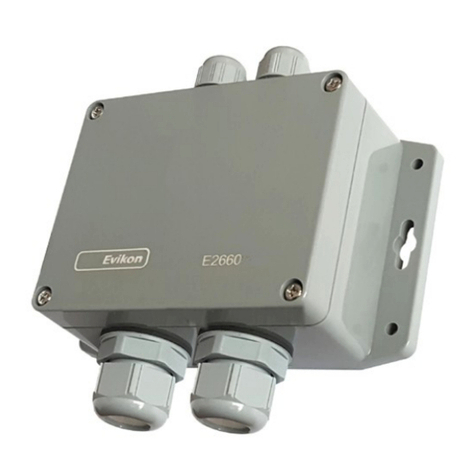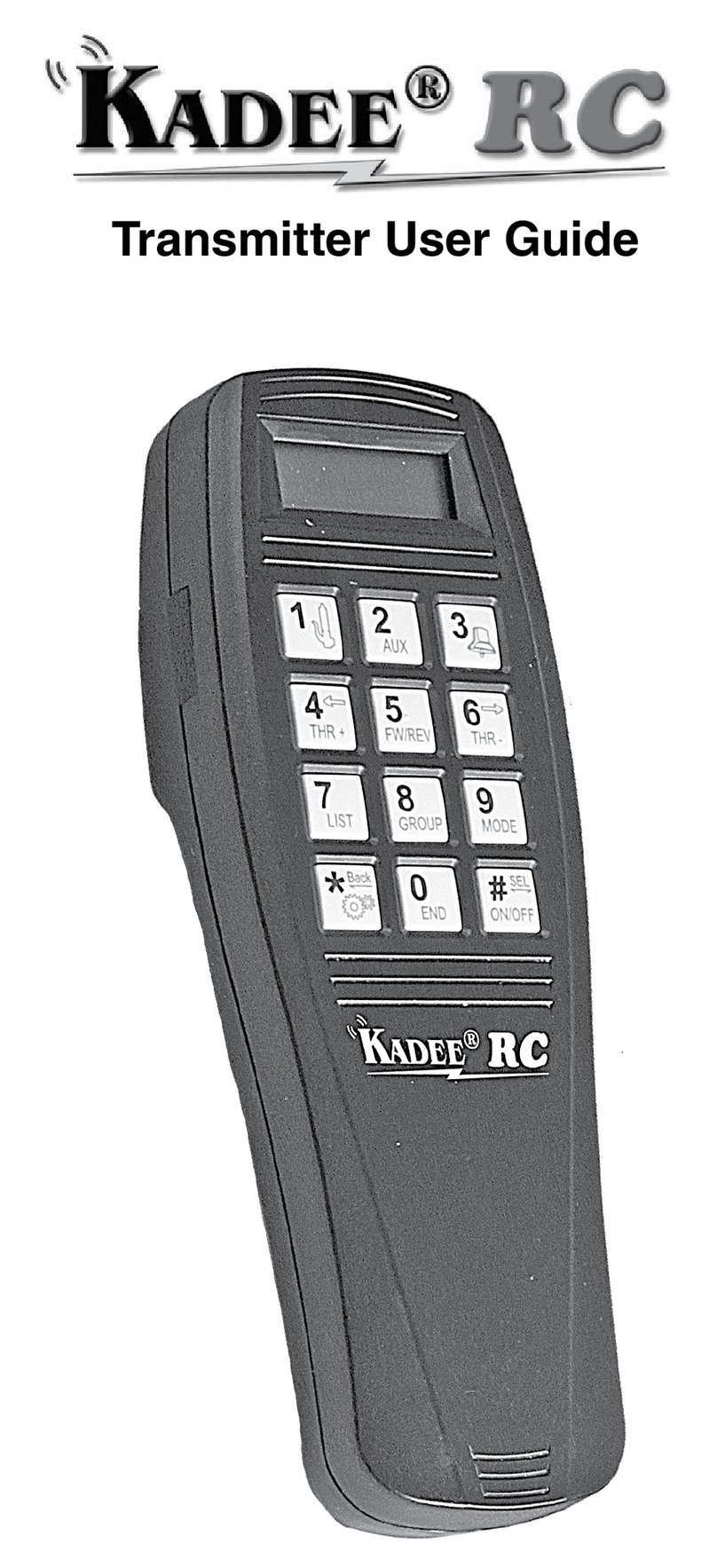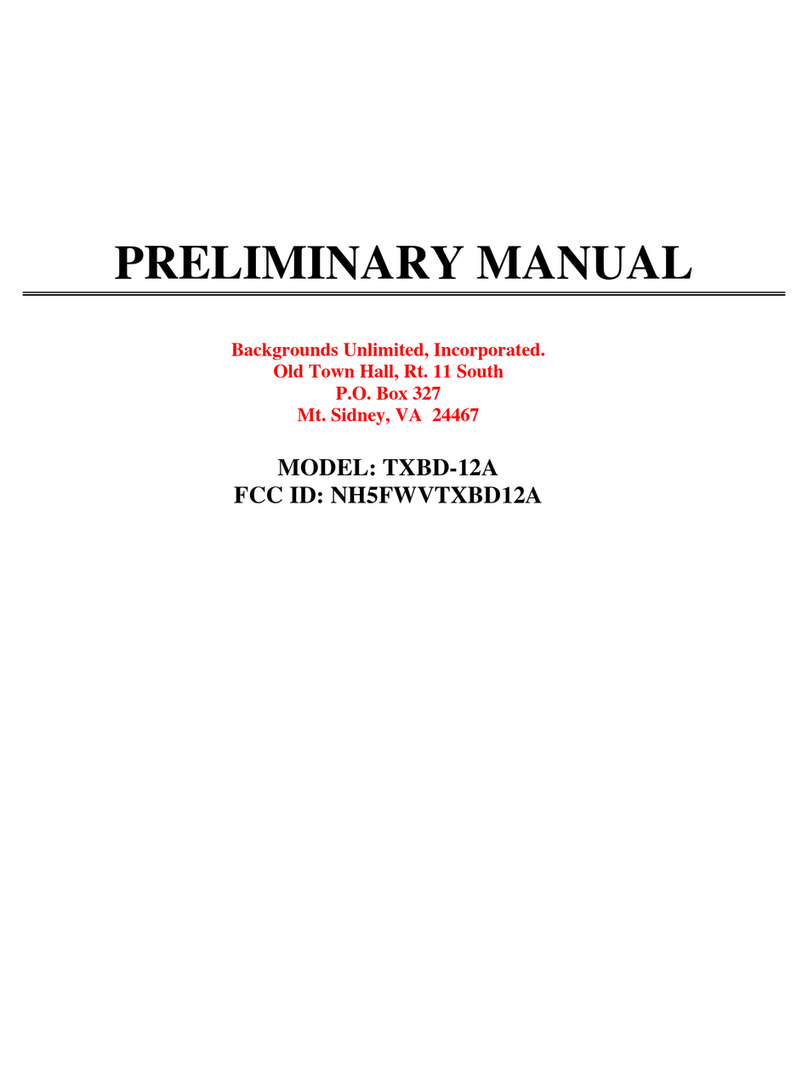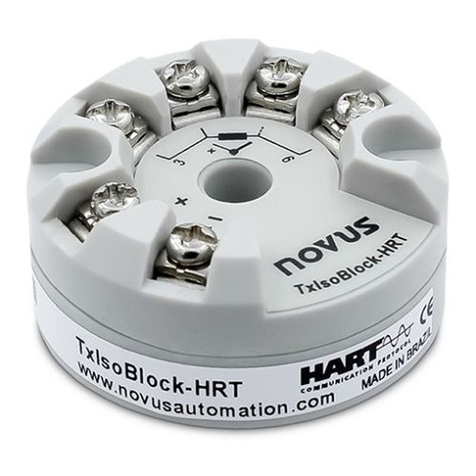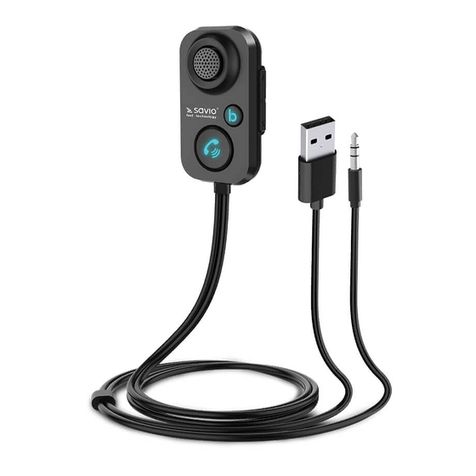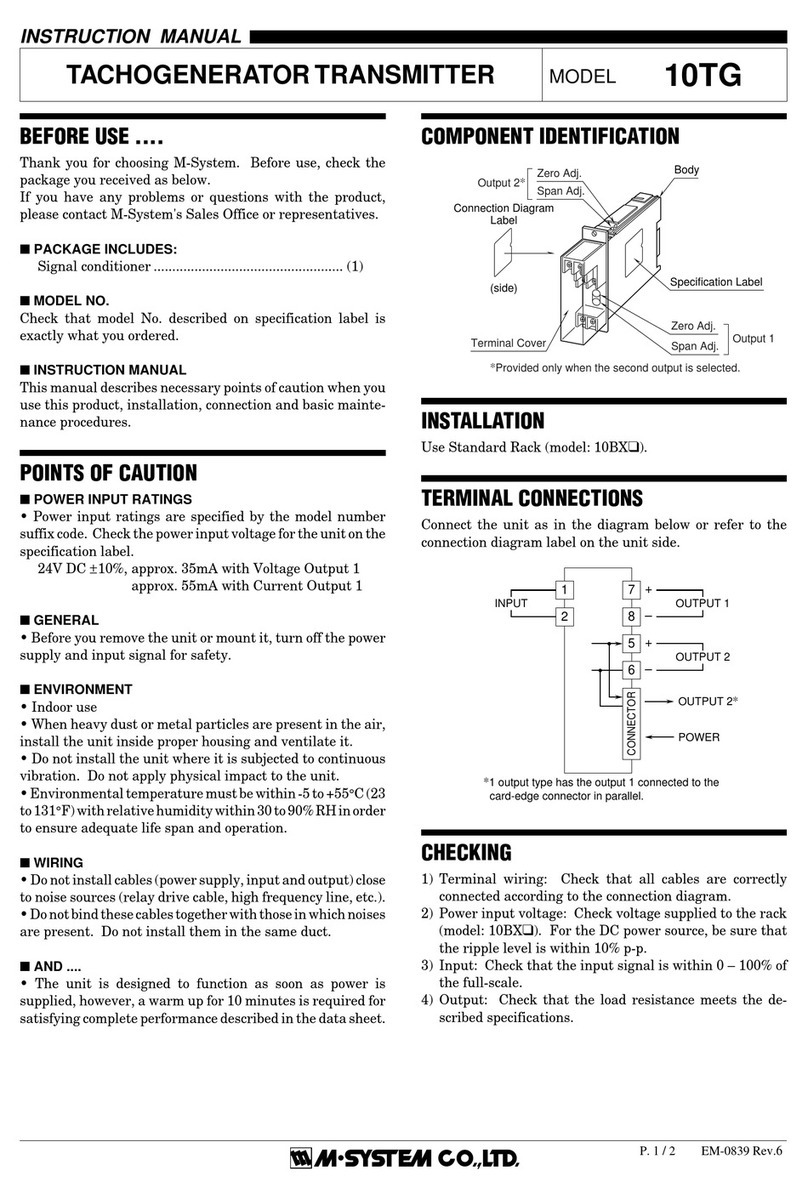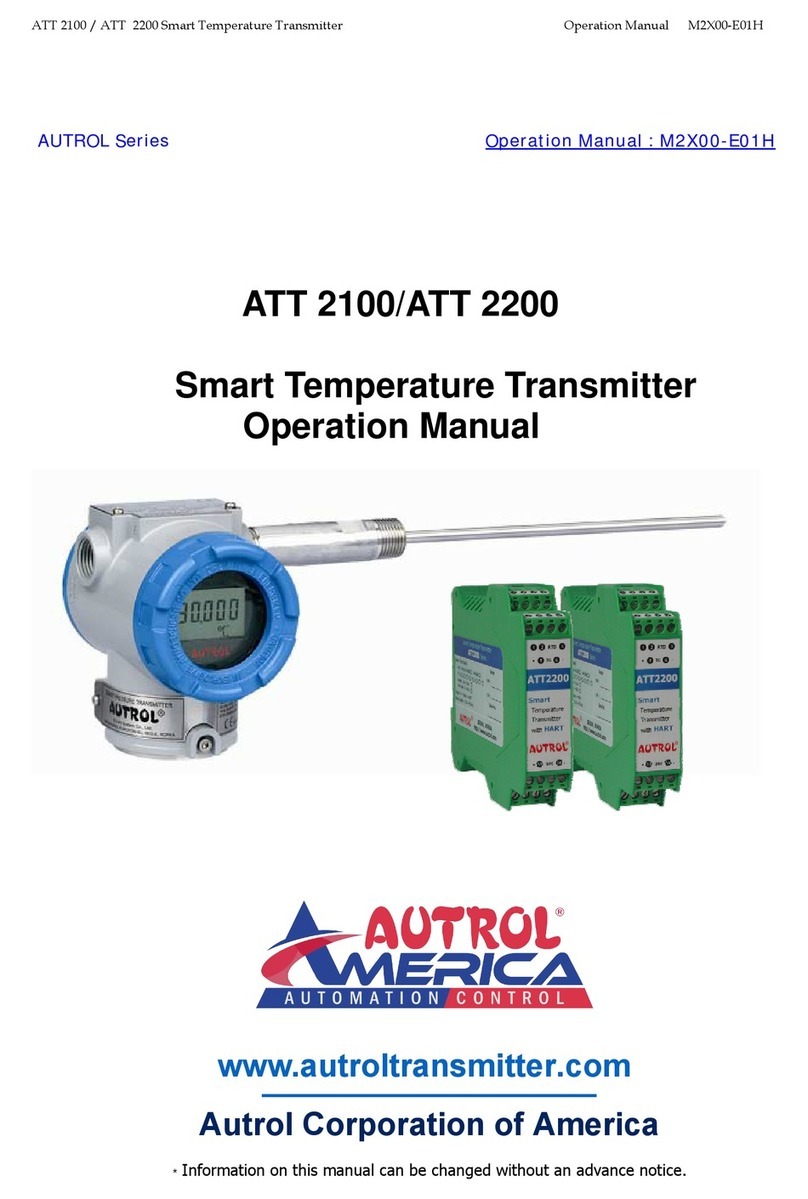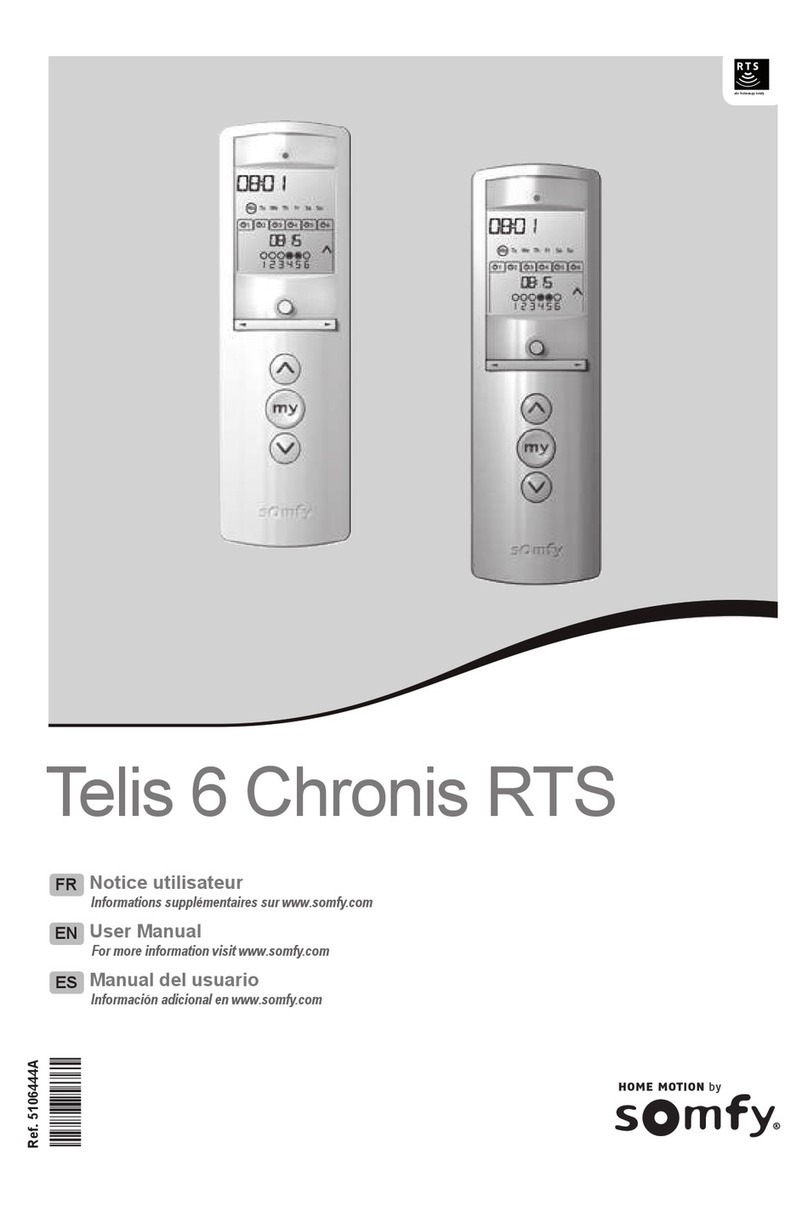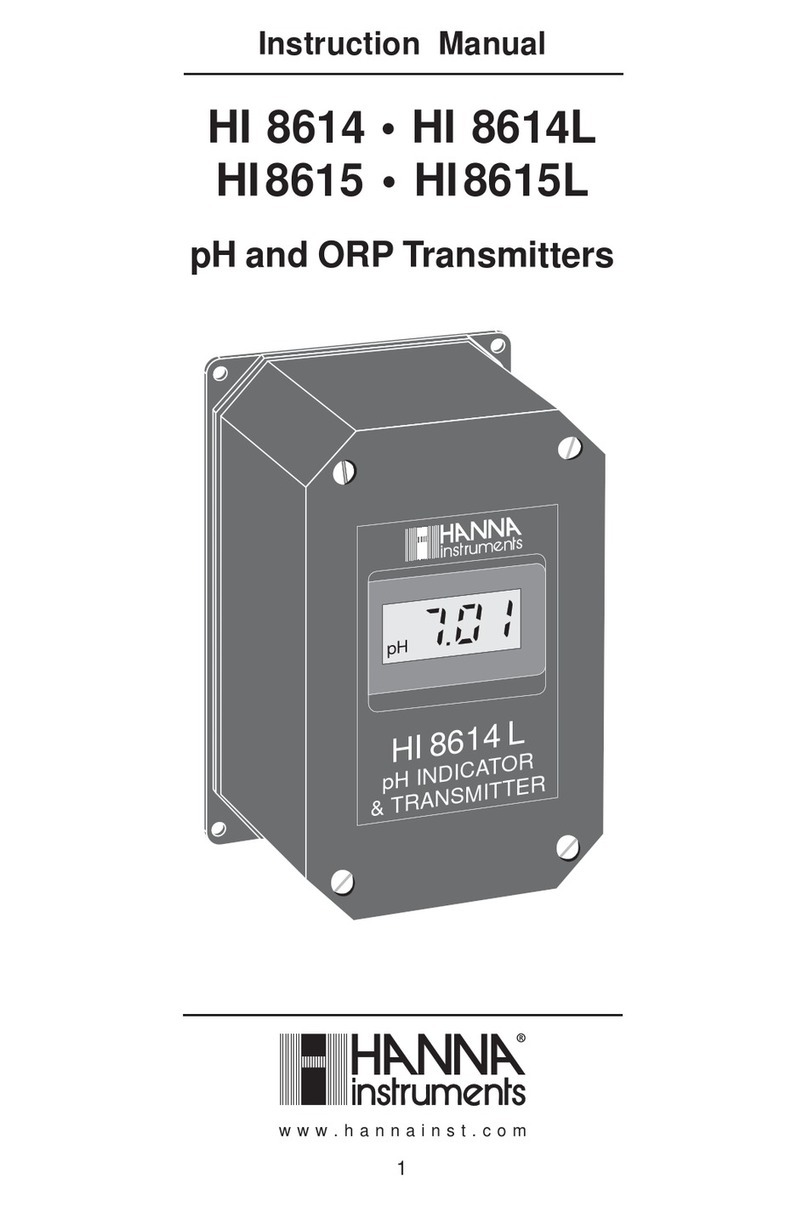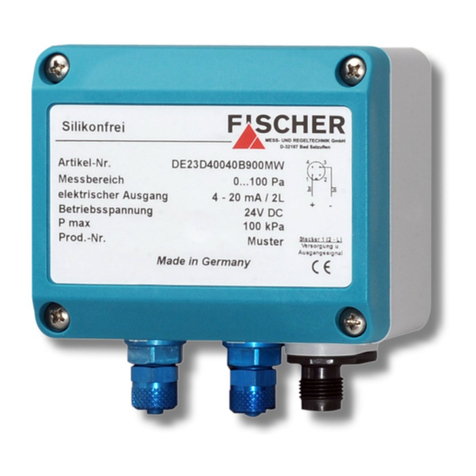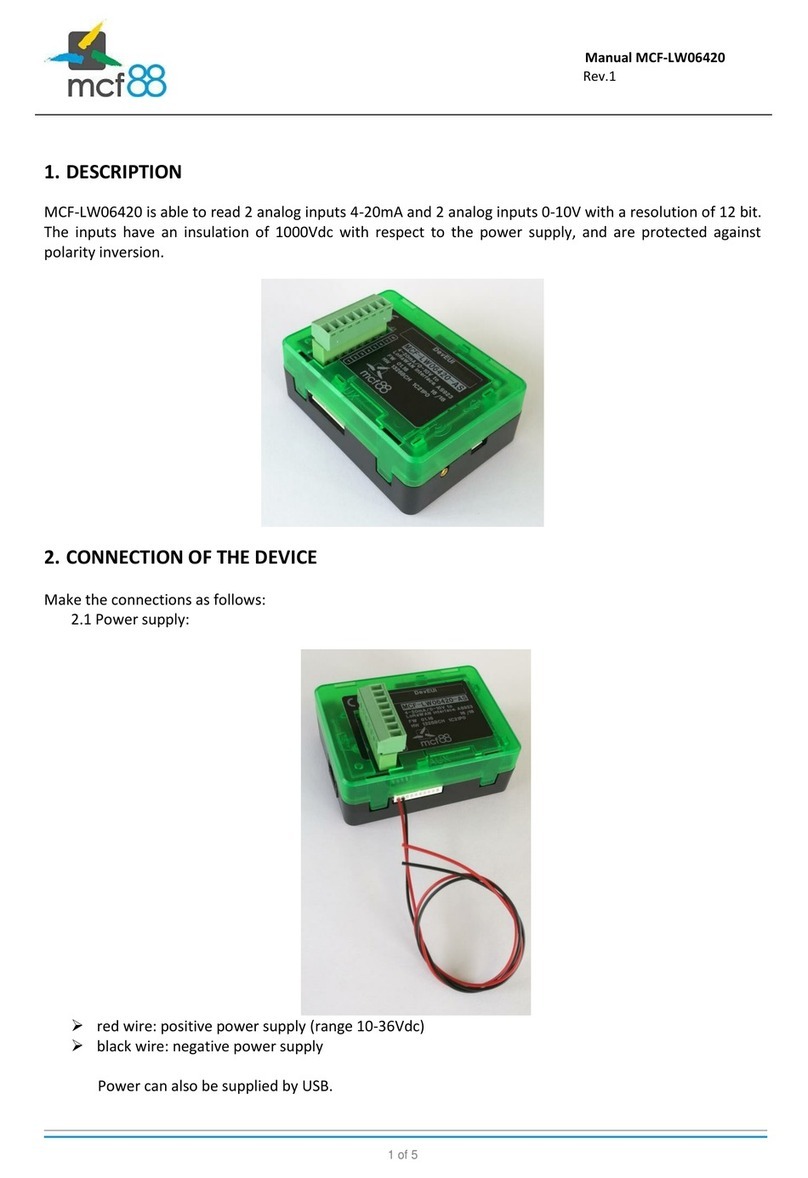Hobby King MicroRX3S OrangeRX User manual

OrangeRX MicroRX3S 3-Axis Flight Stabilizer with
Spektrum/ R DSM2 Compatible 4CH 2.4GHz Receiver
Layout:
The all new MicroRX3S OrangeRX Flight Stabilizer with Spektrum/JR DSM2 ompatible 4 h 2.4GHz Receiver
adds support for V-tail & Delta models, it also offers a remote Gain ontrol feature that can be controlled
via your transmitter's H6 channel.
Utilizing a single high precision 3-axis MEMS gyro, the MicroRX3S OrangeRX Flight Stabilizer with
Spektrum/JR DSM2 ompatiale 4 h 2.4GHz Receiver is capable of stabilizing flight on just about any fixed
wing aircraft! It provides added stability by automatically correcting the aileron, elevator and rudder
channels in flight. This compensates for unwanted changes in the airplane's attitude due to wind and other
factors. In short, it makes your airplane much more stable in flight!
The MicroRX3S with Spektrum/JR DSM2 ompatible 4 h 2.4GHz Receiver is great for those who tend to fly
in windy conditions, as it will compensate for wind gusts that would normally push your model around. It's
also an ideal add-on to your favorite FPV model to keep it on the straight and level while flying.
This unit is very simple to install and use. The adjustable gain settings are pre-set to 50% offering mild
stabilization. You can easily adjust the gain for each channel as desired to increase or decrease the

compensation for the respective channel (AIL, ELE, RUD).
Features:
• apable of stabilizing flight on just about any fixed wing aircraft (including V-tail/Delta models)
• Spektrum/JR DSM2 compatible 4 h 2.4GHz Receiver
• Remote Gain ontrol feature that can be controlled via your transmitter's channel 6
• Supports 3D flight without undermining stability
• Independent gyro gain adjustment for aileron, elevator and rudder
• Easy-to-access gyro reversing switches on front of unit
• ompact and light weight design
Specs:
Size: 44x21x15mm
Weight: 10g
I : Atmega168PA
Gyro: 3-Axis MEMS
Receiver: Spektrum/ R DSM2 Compatible 4Ch 2.4GHz
Input Voltage: 4.8-6.0V
Signal from Receiver: 1520us
Signal to Servo: 1520us
Installation
IMPORTANT!! Please use proper double-sided adhesive tape for installation, and to ensure better reduce
the vibration. Firmly fix the unit (suggest in the center of the body), and must be mounted with the
direction of forward correctly. Incorrect or careless installation might harm the performance or even result
in complete failure.
Binding
Insert the bind plug in BIND/BATT port. Then power on unit, LED1 flashes, indicating that unit is in bind

mode and ready for binding to your transmitter. heck your TX manual for binding instruction.
Wiring
onnect the servos (Aileron, Elevator, Rudder) to the pins AIL_L, ELEV, RUDD accordingly. When connecting,
you should pay attention to the colors of wires to avoid plug reversing. The WHITE (or YELLOW) signals
wires should be connected corresponding to the inner pins on the unit, the RED (V ) wires to the center
pins, and the BLA K (GND) wires to the pins on the outer edge of the unit.
[Note: (a) Unit use your BE power, (b) AIL and AIL_ OMPLEMENT are in complementary]
Gyro Gain Adjustment
This unit has three trimmer potentiometers to control the gyro gain of roll, pitch, and yaw. Turn clockwise
to increase the gain, or turn anticlockwise to decrease. The adjustment becomes effective immediately and
no need to re-power up. [Note: For your safety, please DO NOT adjusting gain while propellers in motion.]
6P Switches Control Setting
1) AUX_ TRL control Gyro
With this switch in the left side (near the RX module side), gyro function will be always ON and all the 3-
Axis gains work as Gyro Gain Adjustment. When this switch is putted in the right side, the master 3-Axis
gyro gains ratio will be controlled by the hannel-6 signal. In other words, the Master Gyro Gains can be
controlled via your transmitter's channel 6.
2) RUD
With this switch in the left side (near the pin sockets), the rudder servo will work in normal mode.
When this switch is putted in the right side, the rudder servo will work in reversing mode.
3) ELE
With this switch in the left side (near the pin sockets), the elevator servo will work in normal mode.
When this switch is putted in the right side, the elevator servo will work in reversing mode.
4) AIL
With this switch in the left side (near the pin sockets), the aileron servo will work in normal mode.
When this switch is putted in the right side, the aileron servo will work in reversing mode.
5) V-tail
This switch is used to select the unit working in V-tail airplane type. Just put the switch in the right side,
the V-tail mode will be selected. LED will be flash in1sec ON and 1sec OFF cycle.
6) Delta
This switch is used to select the unit working in Delta airplane type. Just put the switch in the right side,
the Delta mode will be selected. LED will be flash in 0.3sec ON and 2.7sec OFF cycle.
(Note: if both V-tail and Delta switches are selected or unselected, unit will working in Normal mode.

LED will be lit solid.)
Notice for the First Use
1. Please carefully check the connecting directions of each channel, make sure that the remote control
switcher stays OFF, and the DIP switches are already set in correct position.
2. heck the remote control to insure it is work.
3. heck the LED indication is according to the selected airplane type.
4. heck the signal output of remote control. First, check if the aileron, elevator, and rudder are correct by
remote control.
5. heck the signal output of gyro.
Roll-Left Pitch Lifting Yaw-Left
Roll-Right Pitch Decline Yaw-Right
Rotate the Roll-axis and Pay
attention to the left and right
fixed wings adjustment. Use AIL
switch to set the directions if
required.
Rotate the Pitch-axis and pay
attention to the elevator’s
adjustment direction. Use ELE
switch to set the direction if
required.
Rotate the Pitch-axis and pay
attention to the elevator’s
adjustment direction. Use ELE
switch to set the direction if
required.
6. Delta-wing (Flying-wing) should be mixed controlled by aileron and elevator; V-Tail wing should be
mixed controlled by elevator and rudder. Remote control should not be set into mixed modes, which
should be completed by 3-Axis Flight Stabilizer V2 board.
7. The sensitivity is to adjust the control strength of the gyroscope on the airplane. The higher degree the
gyroscope turns clock wisely, the greater the sensitivity. Usually, you are advised to adjust the
sensitivity to 1/2 or 1/3 and then adjust it slightly as required. If you feel the airplane jitters greatly,
adjust the sensitivity potentiometer counterclockwise slightly. Or adjust the sensitivity potentiometer
clock wisely greatly to obtain optimal performance.
Table of contents
